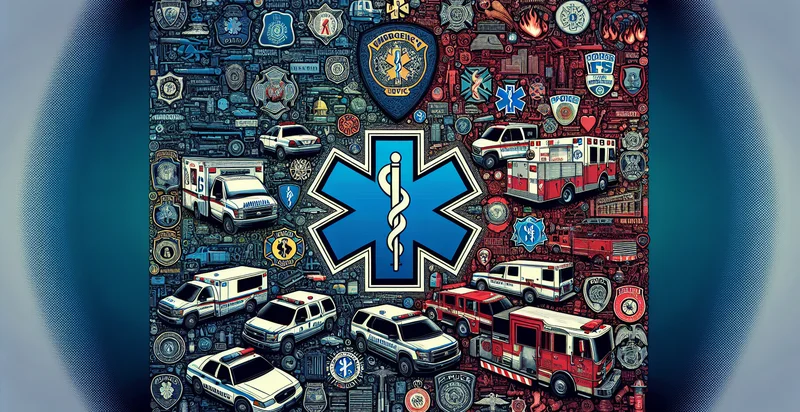Identify emergency status
using AI
Below is a free classifier to identify emergency status. Just input your text, and our AI will predict if an emergency is occurring - in just seconds.

Contact us for API access
Or, use Nyckel to build highly-accurate custom classifiers in just minutes. No PhD required.
Get started
import nyckel
credentials = nyckel.Credentials("YOUR_CLIENT_ID", "YOUR_CLIENT_SECRET")
nyckel.invoke("emergency-status", "your_text_here", credentials)
fetch('https://www.nyckel.com/v1/functions/emergency-status/invoke', {
method: 'POST',
headers: {
'Authorization': 'Bearer ' + 'YOUR_BEARER_TOKEN',
'Content-Type': 'application/json',
},
body: JSON.stringify(
{"data": "your_text_here"}
)
})
.then(response => response.json())
.then(data => console.log(data));
curl -X POST \
-H "Content-Type: application/json" \
-H "Authorization: Bearer YOUR_BEARER_TOKEN" \
-d '{"data": "your_text_here"}' \
https://www.nyckel.com/v1/functions/emergency-status/invoke
How this classifier works
To start, input the text that you'd like analyzed. Our AI tool will then predict if an emergency is occurring.
This pretrained text model uses a Nyckel-created dataset and has 2 labels, including Emergency Issue and Standard Issue.
We'll also show a confidence score (the higher the number, the more confident the AI model is around if an emergency is occurring).
Whether you're just curious or building emergency status detection into your application, we hope our classifier proves helpful.
Related Classifiers
Need to identify emergency status at scale?
Get API or Zapier access to this classifier for free. It's perfect for:
- Emergency Response Prioritization: The 'emergency status' identifier can be used by emergency services to triage incoming reports. By classifying a situation as an emergency or non-emergency, responders can prioritize their actions effectively, ensuring that critical cases receive immediate attention.
- Disaster Management Situational Awareness: Organizations involved in disaster management can utilize the text classification function to quickly analyze reports from the field. This real-time classification aids in assessing the urgency of the situation, enabling better resource allocation and faster decision-making during crises.
- Social Media Monitoring for Emergencies: Businesses can employ this function to monitor social media platforms for posts indicating emergencies. By identifying urgent situations, they can engage promptly by providing resources or support to affected individuals and communities, enhancing their corporate social responsibility efforts.
- Customer Support Ticket Routing: Companies with customer support services can implement the identifier to route support tickets based on urgency. This ensures that tickets flagged as emergencies are escalated to specialized teams quickly, improving response time and customer satisfaction.
- Insurance Claim Processing: Insurance companies can leverage the 'emergency status' identifier to categorize claims submitted during a catastrophic event. By quickly identifying emergency claims, insurers can expedite processing and payouts, ensuring support for policyholders in critical situations.
- Public Health Surveillance: Government health agencies can use the identifier to monitor health reports and classify outbreaks or emergencies. This allows for timely public health responses, resource mobilization, and effective communication to mitigate the spread of diseases.
- Workplace Safety Incident Reporting: Organizations can adopt this function to classify workplace incident reports in real-time. By identifying emergencies, companies can swiftly initiate safety protocols and investigations, fostering a safer work environment and reducing potential legal liabilities.


